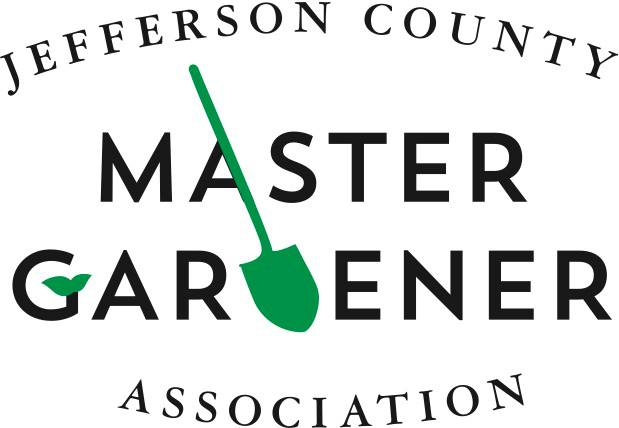What To Do With Leaves
You can hear it all over town: folks raking leaves and putting them in bags to go to the Metro composting facility. Yes, it’s good that they are being composted, but as Master Gardeners, wouldn’t it be better if we composted them in our own yards? Or use them in ways that will help us avoid using pesticides that could be damaging the microbes in our soil? For years, I have gathered leaves from all over my neighborhood and spread them all over my various garden plots in my native plant garden. In addition to spreading leaves, I use them to cover cardboard when I am trying to get rid of invasive plants.

This year it’s euonymus; other years I’ve spread cardboard and leaves to get rid of Japanese Anemone, or start a few planting beds in the fall so it will be ready to plant when spring arrives. At this time of year, leaves are free for the taking or raking. Let’s be more specific:
-
- To eliminate weeds or an invasive plant—instead of using Glysophate, which may damage soil microbes as well as bees, and damage water—cut the plants you want to eliminate to the ground with a string trimmer or mower. Spread 2 layers of cardboard or many layers of newspapers over the area, and cover with leaves. Water the area to keep the cardboard and leaves from blowing, and leave until spring. Lift the cardboard and see if the offending plant is alive. If it is, add another layer of cardboard or newspapers, plus more leaves or mulch, and leave for another season. You may wish to put pots of annuals around the area throughout the season. Usually, after another season, the weeds/invasive plants are gone after 1-2 seasons, and the soil is perfect for planting: soft and pliable. You don’t need to take up the cardboard—just plant through it. Best of all, you’ve avoided pesticides and added free mulch.
- To prepare a bed in the fall for next spring’s planting, use the method just described, adding cardboard/newspapers, plus leaves in the fall. Next spring, the soil will be perfect for planting, with no real digging. The grass/weeds will be gone, and the soil looks beautiful. Plant, mulch, and enjoy your new garden bed.
- If you don’t need to kill weeds or create a new garden bed, start a compost pile/leaf pile back behind the garage. Dump leaves and grass clippings, water occasionally, and you have a free mulch.
- If you really don’t want to deal with leaves, mow them with a mulching mower and be done with it.
Submitted by Master Gardener Phyllis Fitzgerald
